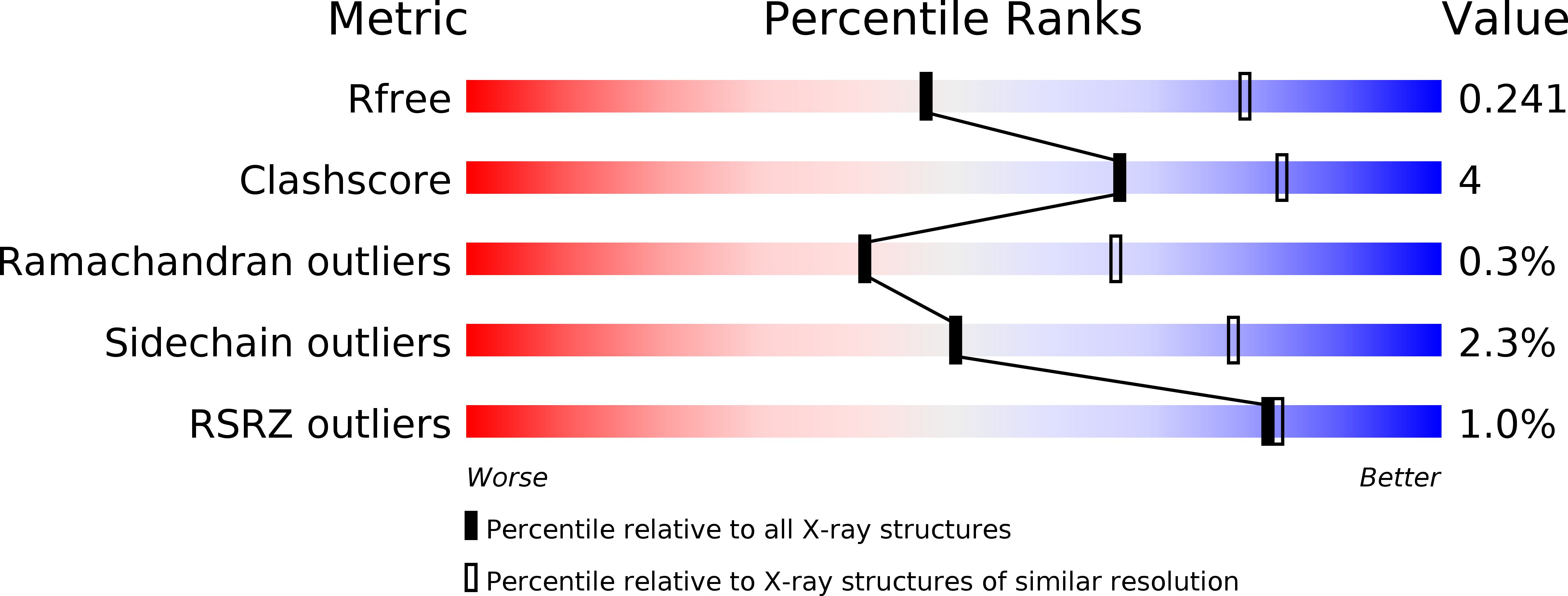
Deposition Date
2015-07-17
Release Date
2015-09-09
Last Version Date
2024-11-06
Method Details:
Experimental Method:
Resolution:
2.69 Å
R-Value Free:
0.22
R-Value Work:
0.16
R-Value Observed:
0.16
Space Group:
P 21 21 2


